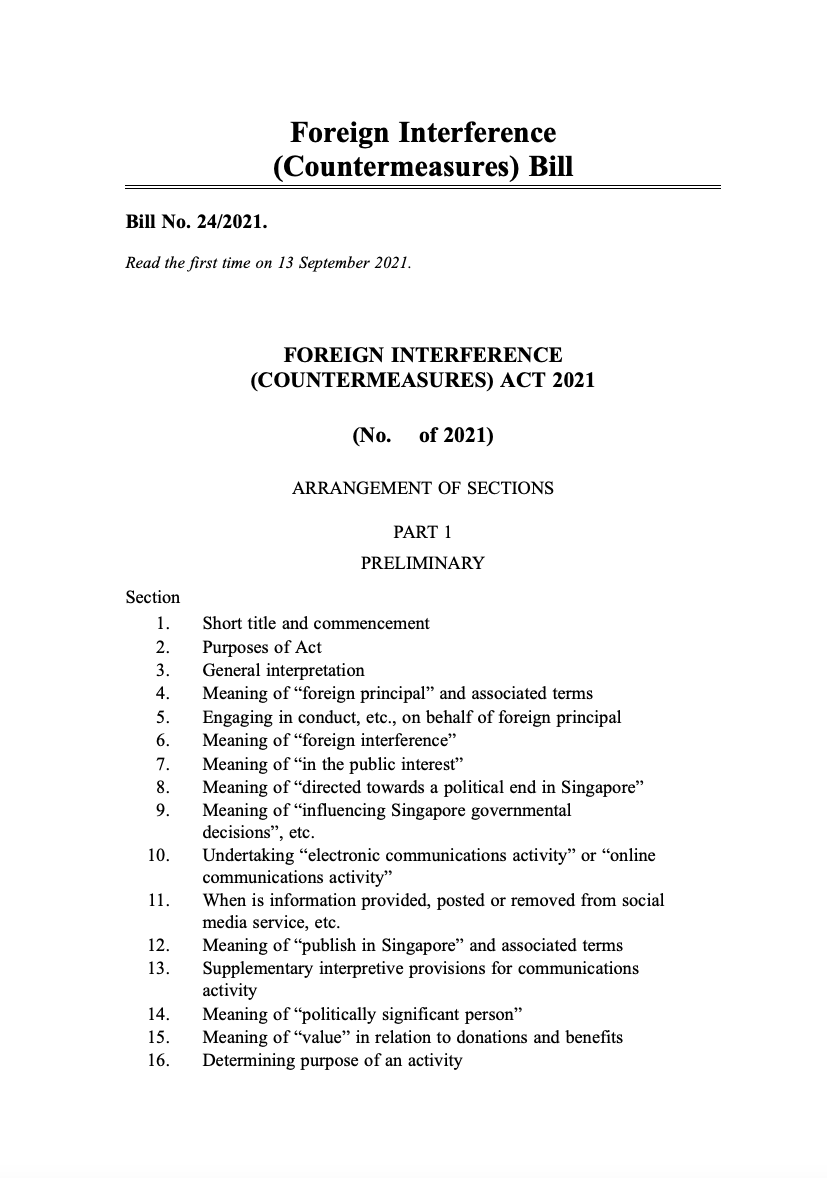An interactive guide on what to expect when Singapore’s 15th Parliament opens
Prime Minister Lawrence Wong’s first Cabinet after the 2025 General Election was sworn in on May 23, and focus has now turned to the opening of Singapore’s 15th Parliament on Sep 5.
The new term will feature members from two political parties – the ruling People’s Action Party (PAP) and the opposition Workers’ Party (WP) – after the Progress Singapore Party lost its two Non-Constituency Member of Parliament (NCMP) seats in the May 3 election.
Each sitting begins the same way. The Serjeant at Arms enters, bearing the mace – a symbol of the Speaker's authority. Business can begin only when it is placed on the Table of the House.
Mace Ceremony
Parliament Opening
The layout follows a Westminster-style parliament, where the ruling and opposition parties sit facing each other and the Speaker of Parliament presides at the centre.
The Speaker of Parliament – currently Seah Kian Peng – enforces the rules of debate and decides who has the right to speak. He then puts the question forward for the House to debate on and vote.
There is a public gallery upstairs from where members of the media and the public can observe proceedings.
The session on Sep 5 will begin with the election of the Speaker and swearing-in of MPs. President Tharman Shanmugaratnam will then deliver his opening address, which will be followed by a debate on his address from Sep 22 to 26.
The seating arrangement is as follows:
Members from the ruling PAP, including PM Wong and Cabinet ministers, take the front benches on the Speaker's right.
Sitting directly across from PM Wong is the Leader of the Opposition, currently Pritam Singh from the WP. He is given the right of first response, and a longer speaking duration for speeches – equivalent to that given to political officeholders.
Back benches: Other elected MPs from both the PAP and opposition parties.
The 15th Parliament will comprise two political parties – the PAP (blue) with 87 seats, and the WP (red) with 12 (10 elected MPs and two NCMPs).
Speeches are addressed to the Speaker, and a motion may be moved to allow MPs to debate issues.
After the debate, the Speaker puts forward a vote and determines the outcome. A motion may lead to debate and a vote, but does not create or change laws.
Vote on Motion
Members of Parliament

MPs may introduce a Bill in Parliament. Bills typically go through three readings and are referred to various committees that may propose amendments.
Parliamentary proceedings have been livestreamed since January 2021, and are available on the Ministry of Digital Development and Information's YouTube page in both the original and English-translated versions.
The full written record of parliamentary proceedings can also be viewed via the online Hansard at the Parliament website.